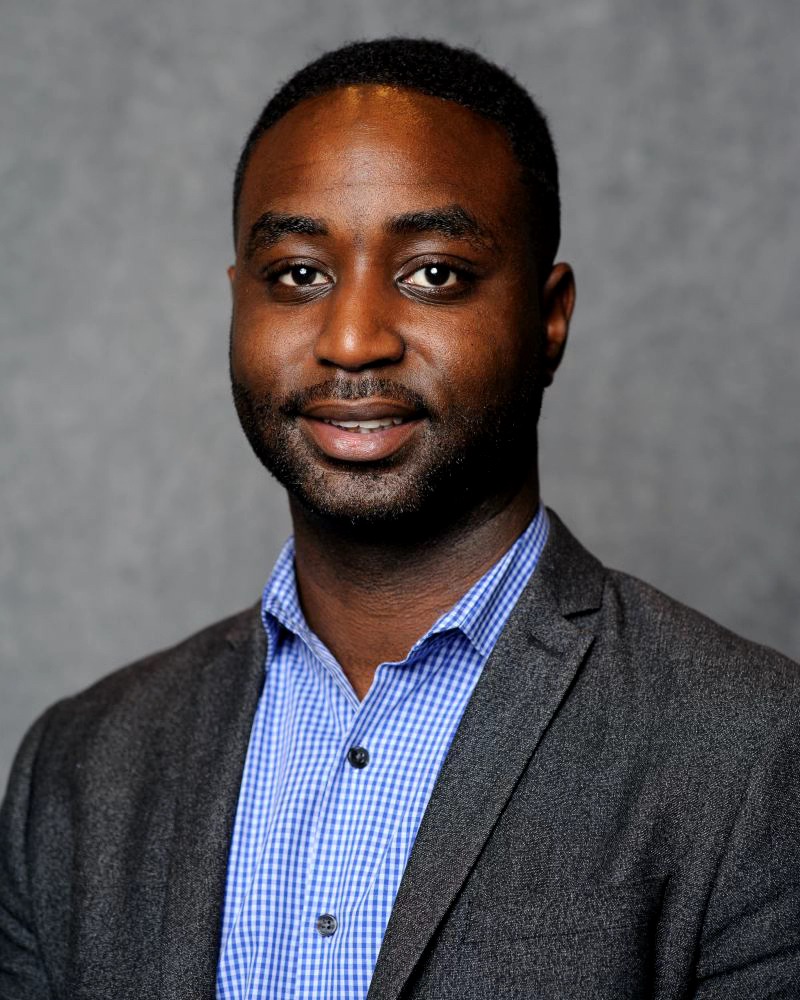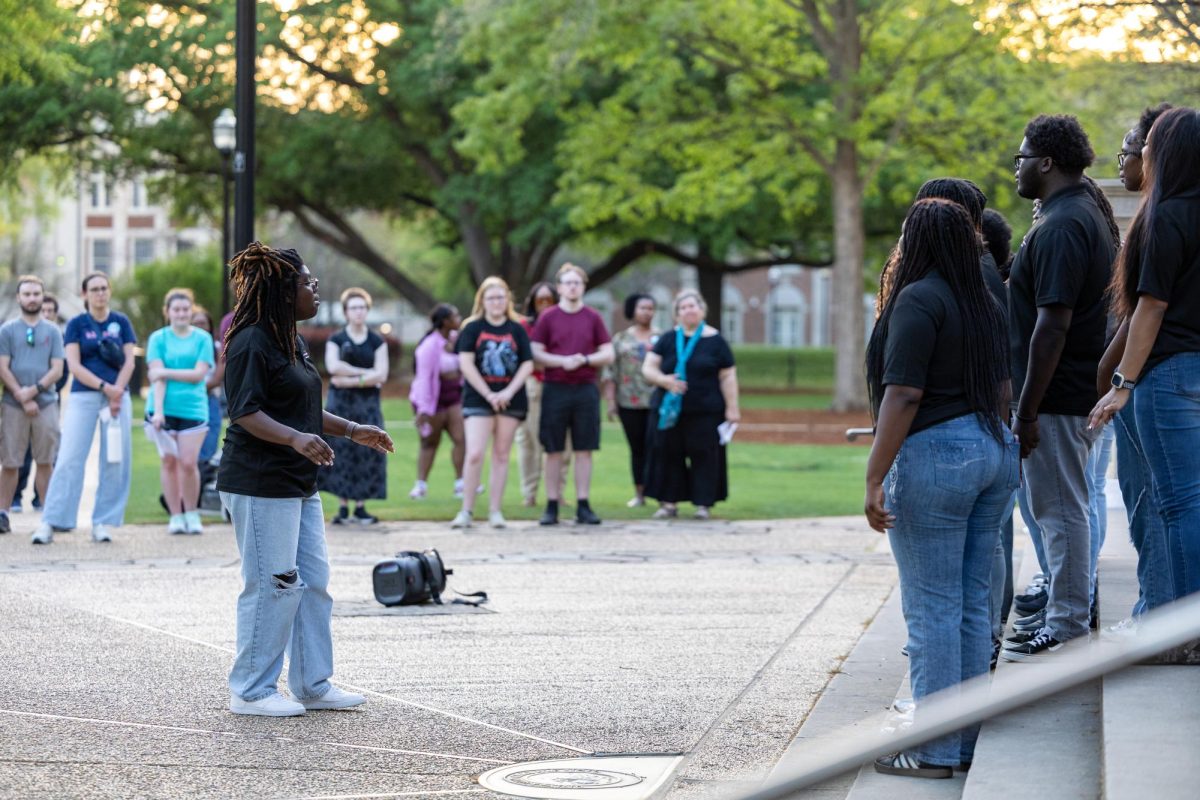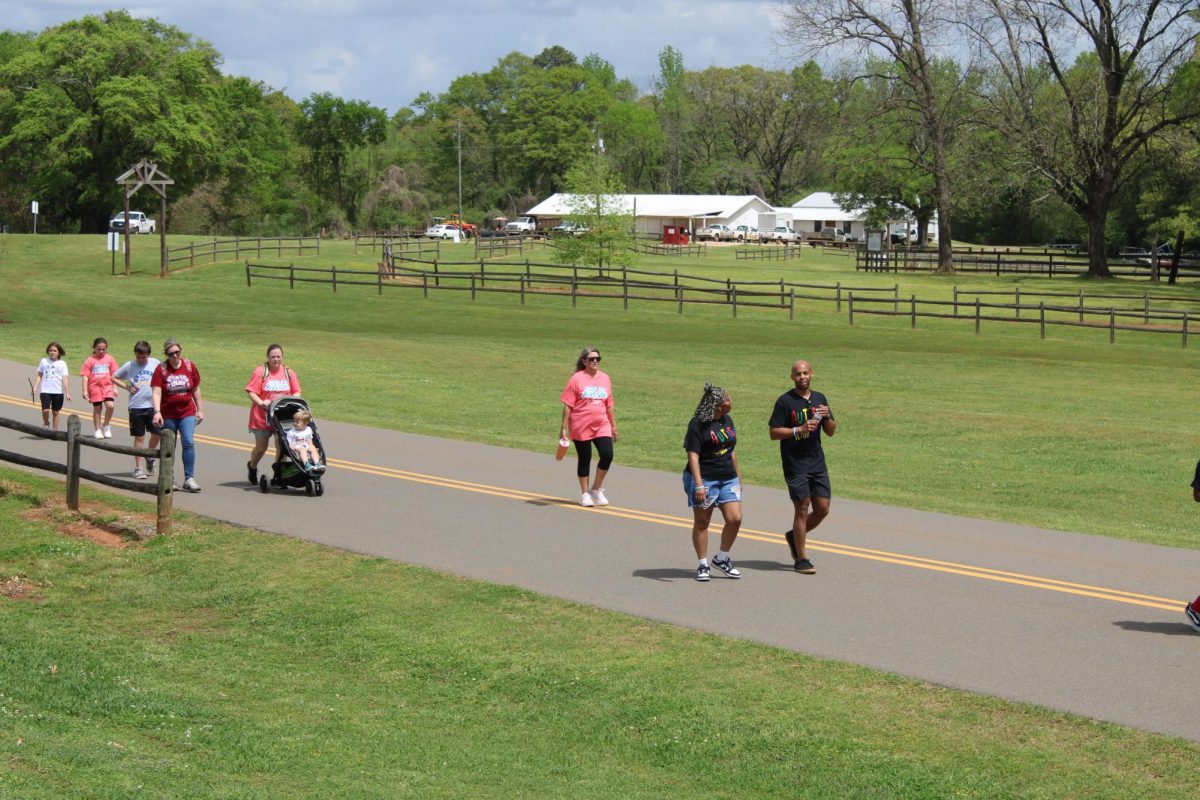Students at local schools are learning to fly drones with their minds using Neuroblock, a software designed by researchers at the University.
The project is an expansive collaboration between Chris Crawford from the Department of Computer Science; Feiya Luo from the Department of Educational Leadership, Policy and Technology Studies; and other UA researchers.
Crawford leads a team that programs software and researches technology, while Luo’s team focuses on classroom implementation and educational research. Together, the group is pioneering a new and engaging way of teaching computer science.
Crawford and Luo’s collaboration was a natural fit. Both earned doctoral degrees at the University of Florida but found their research intersected while working at The University of Alabama.
“There are so many tangible technologies out there that we can use to teach computer science to little kids,” Luo said. “One that I came across right after I joined UA as a faculty member was Dr. Crawford’s research.”
The drone interaction portion of the project stemmed from Crawford’s graduate research at UF, where he studied consumer-grade brain-computer interfaces. Crawford said that the goal then was to spread awareness of the capabilities of technology. Now, in collaboration with other researchers across the University, his work is driving STEM enthusiasm in a new group: young learners.
Using a visual coding interface, similar to platforms like Scratch and Code.org, students can program and interact with devices by using electric signals produced by muscles or the brain. Muse 2, an electroencephalogram sensor device, allows those signals to be read and interpreted as inputs which can control everything from drone flight to the movements of on-screen avatars.
“When [Neuroblock’s] sensors are attached to students’ arms, they can see their muscle energy in real time on the screen,” Luo said. “They’re immediately engaged, and they will ask questions: ‘What does this do?’ ‘How can I know?’”
These interactive technologies are meant to drive student enthusiasm and interest in computer science as a whole, the team said in a paper published last year, particularly among students of color who are “still underrepresented in the STEM career pipeline and workforce.”
“We really wanted to provide an innovative learning experience for kids to see that it’s not about just hitting the keyboard, staring at a dark screen and coding for four or five hours a day,” Luo said. “It can be interesting.
The project is the recipient of a grant from the National Science Foundation, and its technology has been in development for two years. Now, more students are starting to get hands-on experience with the researchers’ work.
Last October, Crawford demoed the program for students of Kappa Alpha Psi’s alumni program Kappa League, allowing them to compete in “brain drone racing.” Crawford, along with professor Marvin Andujar from the University of South Florida, has also founded a brain drone racing league to further promote student engagement with the technology.
“Hopefully, tools like Neuroblock could help bridge that gap to allow folks who may not be a neuroscientist or may not be a computer science expert to start exploring different applications,” Crawford said. “Or just exploring their own brain activity without having to buy a $10,000 setup and software and machinery.”
The Neuroblock project is also enlisting the help of students like Pranay Joshi, a sophomore majoring in computer science. Joshi has worked on the back end of Neuroblock, coding the software that makes the project function.
Joshi said that he was incredibly excited about the potential of brain-computer interfaces and their capabilities in combination with machine learning. He recently leveraged similar technology to win a category in the UGAHacks competition by creating a device that reads user’s brain activity to create a custom playlist.
In hopes of making this technology more accessible to teachers and students, Crawford and Luo’s team is partnering with Betabox Learning to bring Neuroblock to more schools around the country. Luo is also developing a computer science curriculum to accompany the program and provide a conduit for guided instruction.
“We found that even with some of those students that may be typically hard to engage when we show up, Neuroblock, it just engages their entire room because of the novelty,” Crawford said.









